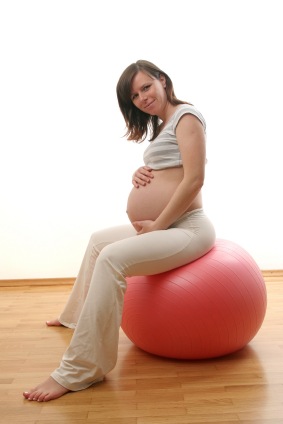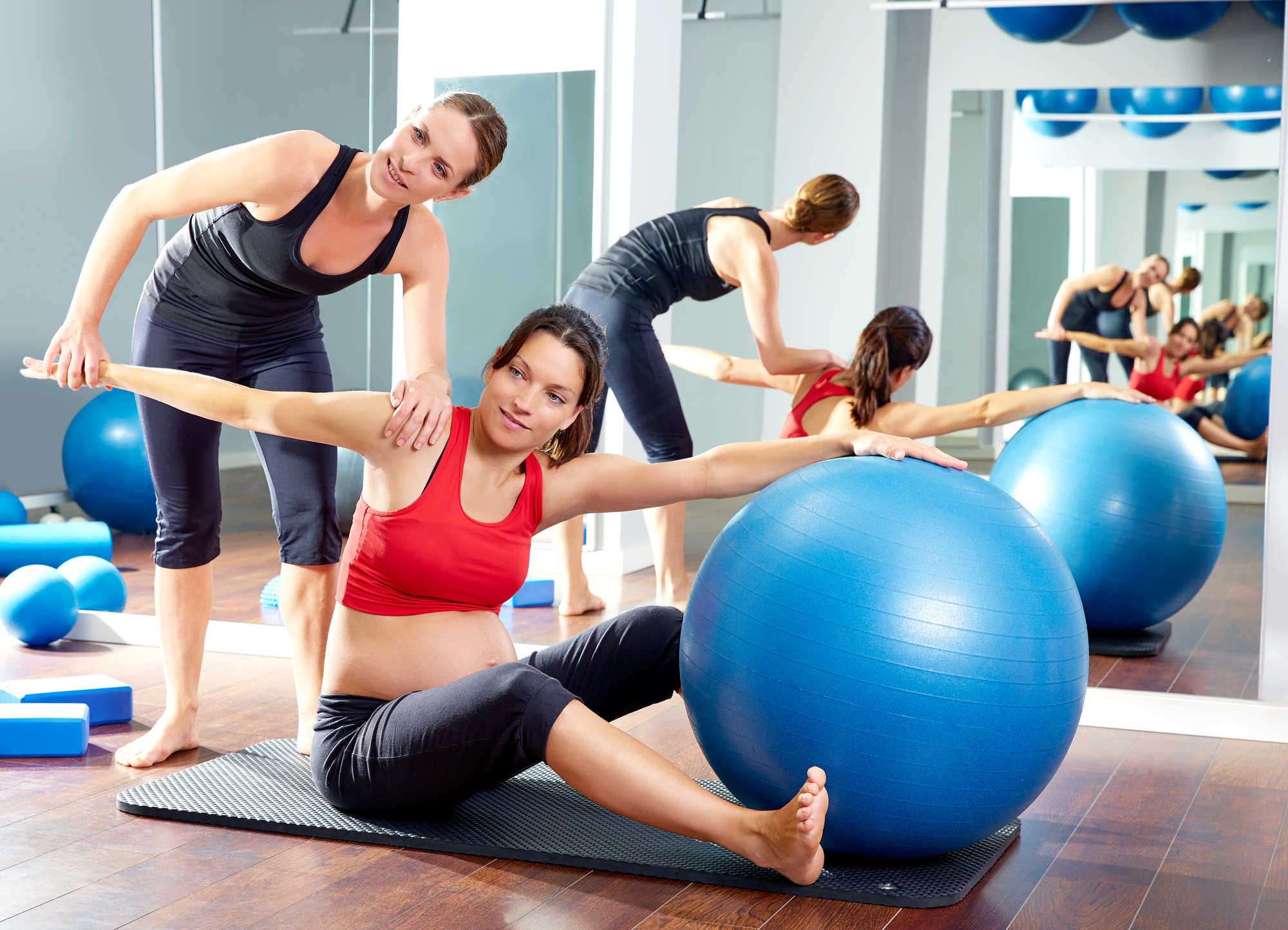 Pregnancy puts a great deal of stress on the body, and this stress only increases as your baby grows. The good news is that, exercise during pregnancy focusing on both the body’s core and circulatory system can drastically reduce common pregnancy complaints as well as create an easier pregnancy labor and delivery.
Pregnancy puts a great deal of stress on the body, and this stress only increases as your baby grows. The good news is that, exercise during pregnancy focusing on both the body’s core and circulatory system can drastically reduce common pregnancy complaints as well as create an easier pregnancy labor and delivery.
Advocates of safe pregnancy exercises also believe exercising while pregnant can decrease post-delivery recovery time.
You have a variety of safe prenatal exercises available to you: walking, swimming, yoga, Pilates, and dancing are all wonderful choices that will target the core and circulatory system. And while exercising may be the last item on your daily to-do list, it should be at the top. Here’s why:
- Exercise releases endorphins
Moodiness is an unavoidable byproduct of pregnancy. The hormones your body creates and releases will lead to mood swings. However, the endorphins released during exercise can help combat moods—especially depression and anxiety. Endorphins act as a natural pick-me-up. So if you feel your cranky self rearing her head, go for a walk or grab your yoga mat.
- Exercise can reduce pregnancy-related complications
This is true for everyone: exercise reduces the risk of health complications. Specifically for pregnancy, exercise can reduce the risk of gestational diabetes as well as high blood pressure among other issues. A study published in Seminars in Perinatology concluded that “Exercise becomes thus a logical intervention…” in helping to prevent or manage the onset of gestational diabetes.
- Exercise encourages good sleep
Just as exercising in the mornings can give you a little energy boost, exercising in the late afternoon or early evening can help you enjoy a good night’s sleep. Burning off extra calories and releasing pent up tension can help your body lull itself to sleep. Just avoid exercising right before you plan to sleep—just do a few simple stretches instead.
- Exercise can speed up labor
Being in shape can only help you during labor. Actually, the stronger your core, back, and pelvic muscles are, the more effective your body will be at pushing. And don’t forget about those Kegel exercises—strong vaginal muscles can make the difference between a quick labor and a 12-hour monstrous one.
- Exercise can help you regain your body
After nine months of stretching to accommodate your little one, regaining your pre-pregnancy shape can be an uphill battle. But if you regularly work out during your pregnancy, your muscle’s memory will want to return to the way they were. Also, well-toned muscles have an easier time reverting back to their natural shape after stretching during the third trimester.
- Exercise helps to lower your baby’s heart rate
In 2008 Linda May, who works at Kansas City University of Medicine and Biosciences as an exercise physiologist, conducted a study which found that when expecting mothers exercised for 30 minutes or more three or more times a week, their baby’s heart rate was lower. This means that the heart has to work less to circulate blood throughout the body. The babies were monitored after birth, and May and her team discovered that the infants showed improved cardiovascular health even after birth. Even if you’re not crazy about working out, this study suggests it can positively impact your baby’s heart health.
Everyone knows they should exercise; however there is no more important time to commit to exercise than during your pregnancy. Skip the gym in favor of walking outside or taking a prenatal class. At the end of your second and throughout your third trimester navigating around machines at a gym will become cumbersome anyway. Just think of exercise as quality time you’re spending with your little one—just you and him or her. It’s never too early to begin setting a good example!
[lamoud_Pregnancy_Calculator]My content[lamoud_Pregnancy_Calculator]




